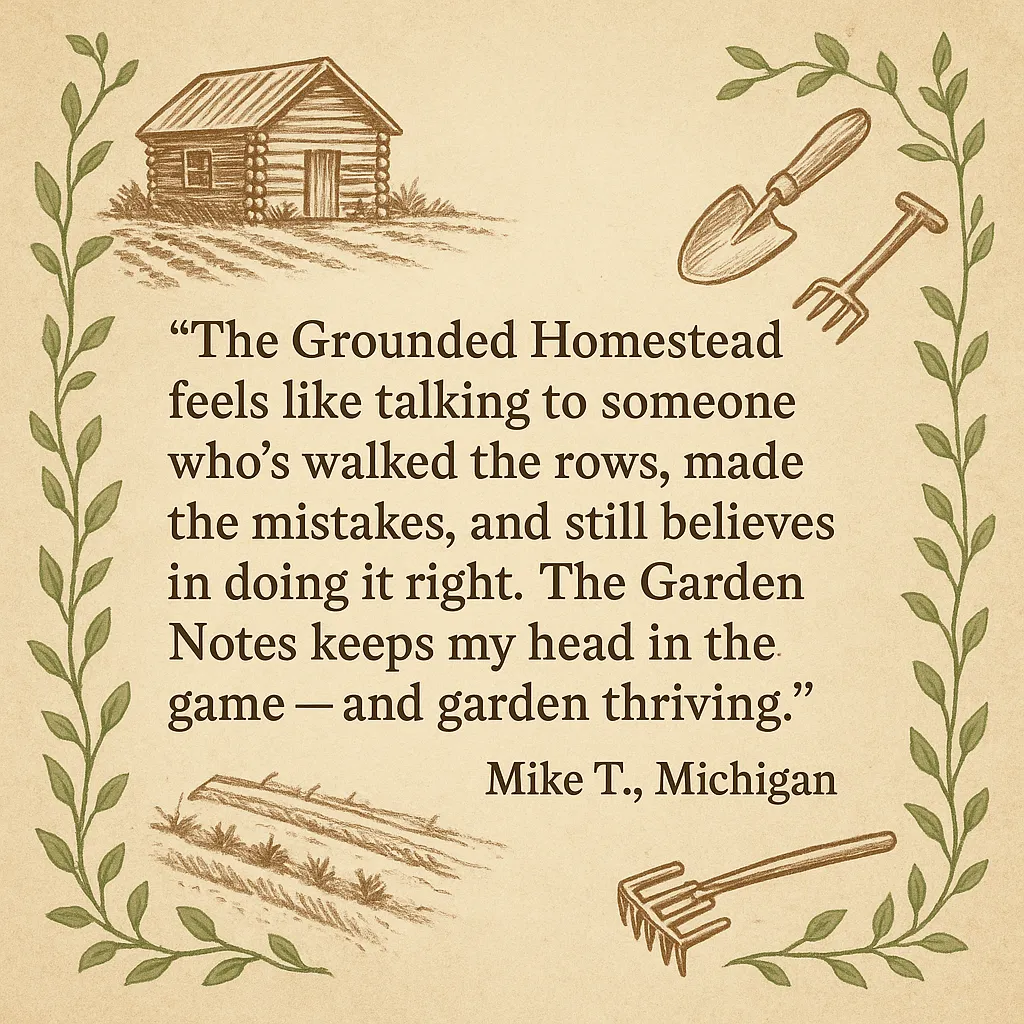
The Top 5 Watermelon Growing Problems—and How to Fix Them Naturally
The Top 5 Watermelon Growing Problems—and How to Fix Them Naturally
A hot July memory—and the first split melon
I’ll never forget the first time I lost a nearly ripe watermelon. It was the tail end of July, blazing hot, and I’d been so proud of how those vines sprawled across the garden. Then a surprise thunderstorm dumped buckets overnight. By morning, the biggest melon had split wide open—right there in the field—like it just couldn’t hold on any longer.
That’s the thing about watermelons. Folks think they’re an easy, plant-it-and-forget-it crop. Truth is, these sprawling beasts have their share of headaches. But once you learn to spot problems early, most are fixable.
So let’s walk through the five most common watermelon problems, and how you can fix them naturally—without loading up on chemicals or getting discouraged.
Before we even start: stop these problems before they start
Most watermelon trouble comes down to three things: poor soil, uneven watering, or crowding. Get these right from the start, and half your headaches vanish.
Pick a sunny, well-drained spot. Watermelons hate wet feet. Raised rows or gentle mounds work wonders.
Rotate crops. Never plant watermelons (or anything in the squash family) where you grew them last year.
Water at the soil line, not overhead. Wet leaves invite fungus.
Space your plants generously. Good airflow keeps disease away.
Grandma used to say, “An ounce of foresight’s worth a pound of bug dust.” Turns out, she was right.
1. Wilting vines: root rot, squash bugs, or just thirst?
Nothing stops your heart faster than seeing vines wilting in the midday sun. But here’s the truth—a little droop midday is normal, especially during peak heat. They usually perk up by evening. If they stay limp, you’ve got work to do.
Try the tug test. Gently pull on a vine. If it comes up easy, roots might be rotting from poor drainage or a fungus in the soil.
Look under the leaves. Squash bugs and their coppery eggs hide there. Early mornings are best for picking them off by hand into a bucket of soapy water.
Water deeply and consistently. Shallow watering leads to weak roots. Aim for 1–2 inches per week, all at once, not a little every day.
📍 Zone tip: In humid Zones 7 and up, root rot is more common. Give your melons extra room to breathe and never let water pool.
2. Yellow leaves or slow growth: your soil might be talking
If your watermelon leaves start paling out or your vines stall, it’s often a sign your soil’s out of balance—low nitrogen, low iron, or a pH that’s gone sideways.
Run a quick soil test. A cheap kit tells you right away if nitrogen’s low or your pH is off. Watermelons thrive at pH 6.0–6.8.
Feed with compost tea. Grandma’s old standby—she’d steep a shovel of well-aged compost in a bucket of water for a couple days, then give each plant a ladleful every two weeks.
Spot treat with fish emulsion or blood meal if nitrogen is low.
A balanced soil saves you a world of problems down the road.
3. Fruit cracking & blossom-end rot: it’s all in the water
This is the heartbreak I opened with. Watermelon fruit cracking almost always comes down to inconsistent watering—a dry spell followed by heavy rain or sudden irrigation causes the inside to grow faster than the rind can stretch.
Blossom-end rot shows up as a sunken, dark spot on the bottom of young melons. It’s caused by calcium not moving properly through the plant, often due to moisture swings.
Mulch deeply. Straw or leaf mulch keeps soil moisture even.
Water consistently. Better to water heavily once or twice a week than a splash every day.
Ease up when fruit’s close. Too much water late can dilute sugars and cause cracks.
“Patience here pays you back in sweetness,” as Grandma would say.
4. Poor pollination: bees busy elsewhere?
If your vines set tiny, misshapen melons that never take off, pollination is usually to blame.
Invite more bees. Plant zinnias, cosmos, or sunflowers nearby. More blooms = more pollinators.
Hand-pollinate. Pick a male flower (the one without a tiny baby melon behind it), peel back the petals, and gently brush it inside a female flower. Or use a small paintbrush.
Check first thing in the morning. Flowers open early and close by afternoon.
Grandma always said, “You get more bees with blooms than with complaints.”
5. Fungal diseases: powdery mildew & downy spots
Nothing’s worse than watching healthy green leaves turn ghostly with mildew. Fungal diseases thrive in warm, humid air—especially if plants are crowded or leaves stay wet.
Space vines well and prune crowded areas. Airflow is your best defense.
Use drip irrigation or soaker hoses. Keep leaves dry.
Try a simple spray:
1 gallon water
1 tablespoon baking soda
½ teaspoon mild soap
Mist lightly once a week if you spot early powder.
📍 Zone tip: If you’re gardening in Zones 7–10 where nights stay muggy, give your vines an extra foot or two of breathing room.
Quick cheat sheet: what it looks like & what to do
ProblemLikely CauseNatural FixWilting vinesRoot rot or squash bugsImprove drainage, handpick bugsYellow leavesLow nitrogen or wrong pHCompost tea, test soil, adjust pHFruit cracking, rot spotsUneven watering or low calciumMulch deep, water steady, back off lateTiny misshapen melonsPoor pollinationHand-pollinate, plant bee flowersWhite fuzzy leavesPowdery mildewSpace plants, drip water, baking soda spray
Keep checking, keep learning
Gardening’s humbling. Even after years, I still get surprises every season. But once you’ve wrestled through these problems once or twice, you’ll be the neighbor folks come to for watermelon advice.
👉 Want an easy way to keep this handy?
Grab my “Watermelon Problem Solver Cheat Sheet” printable—hang it in your shed or kitchen for quick checks.
And remember—plant what you can, trust what grows. The rest isn’t up to us.


Facebook
Instagram
X
Youtube